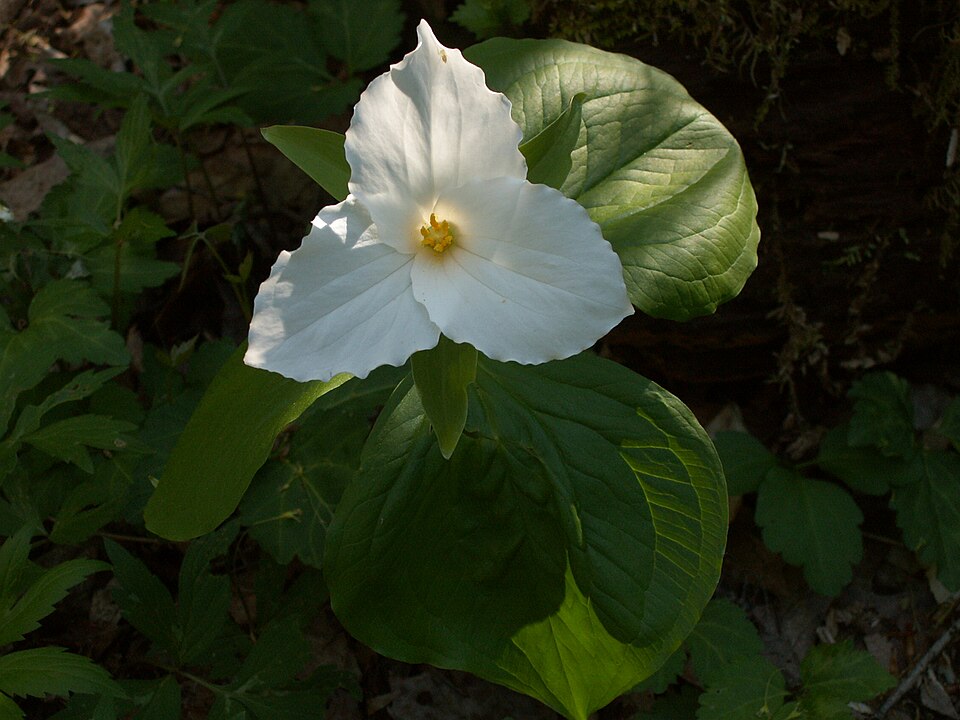
Great White Trillia blooming along the Trillium Trail in Fox Chapel.
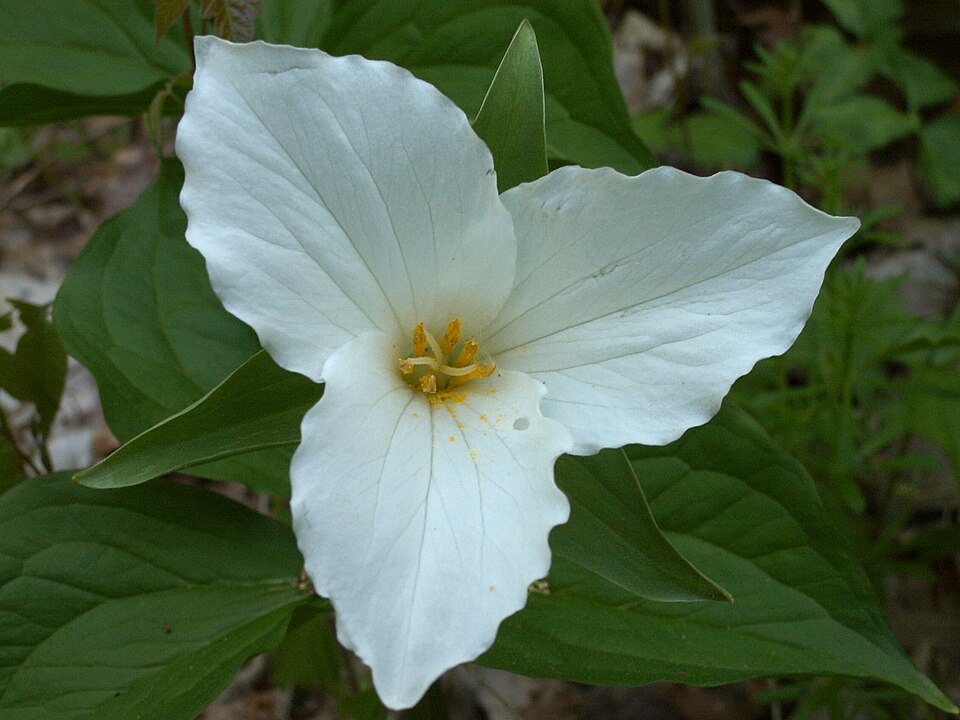
For a description of the species, see the Trillium grandiflorum reference page.
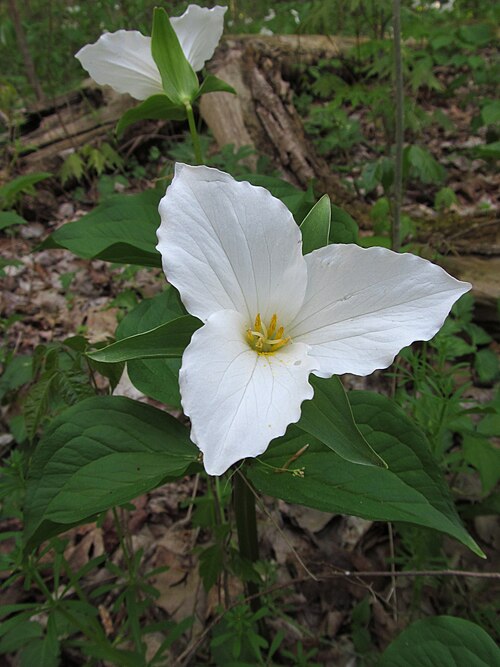

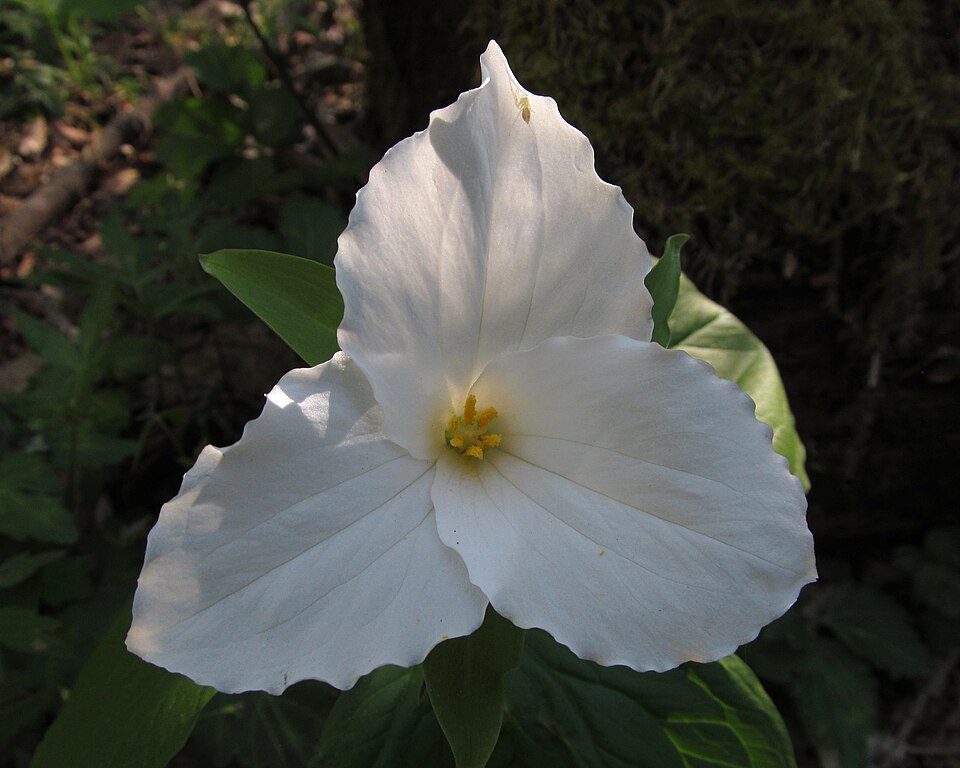
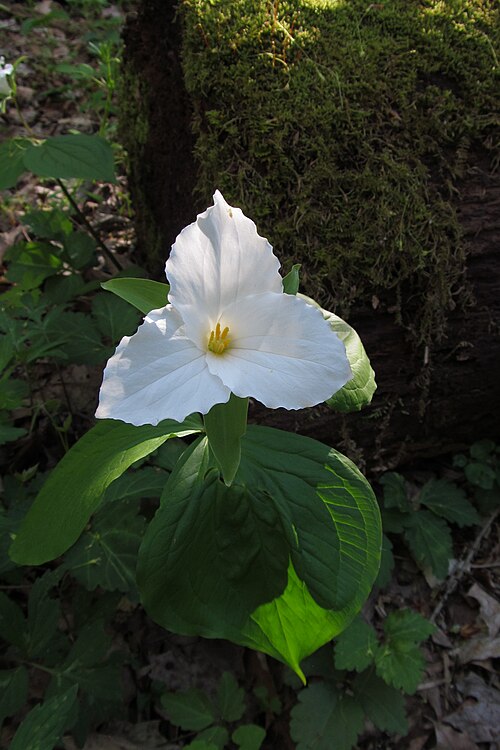
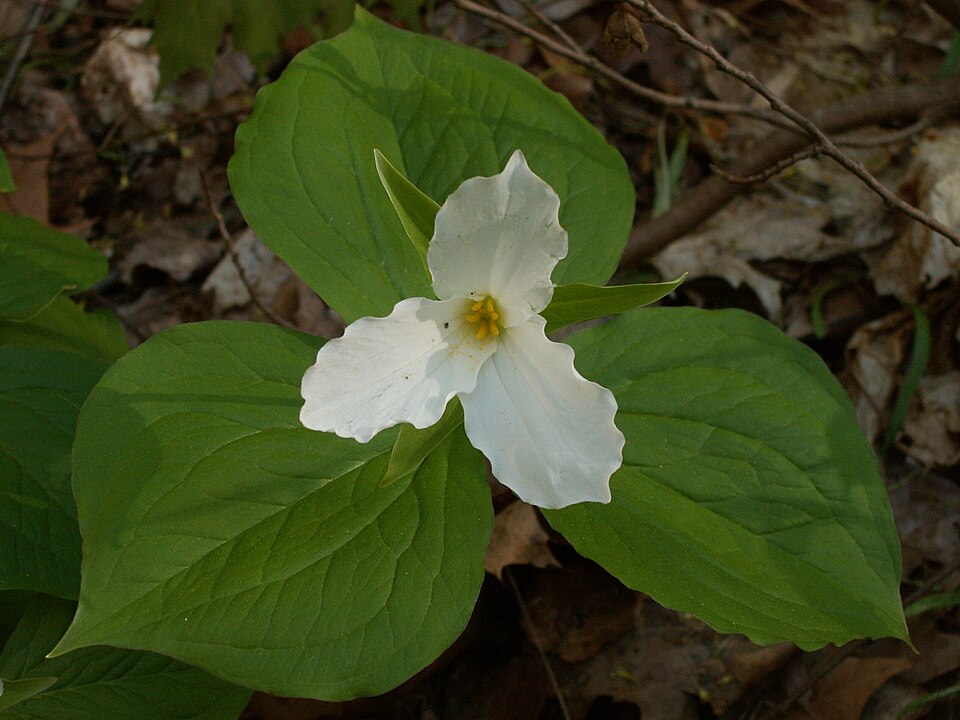
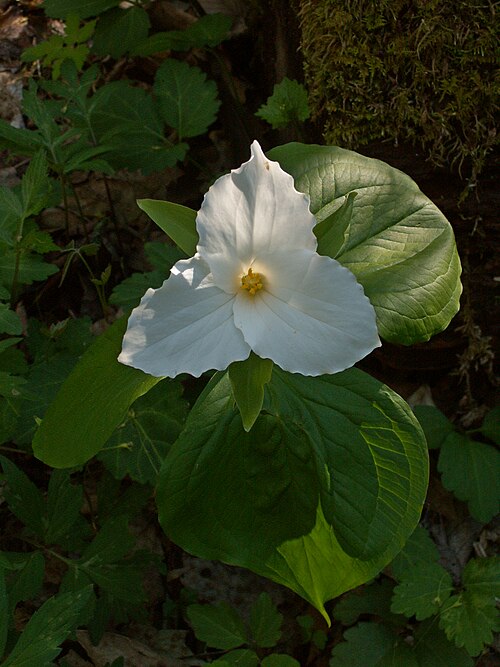

Great White Trillia blooming along the Trillium Trail in Fox Chapel.

For a description of the species, see the Trillium grandiflorum reference page.







As they age, the flowers of the Great White Trillium often turn rosy, which is a lesson for us all. Here are a few that were pinkening along the Trillium Trail in Fox Chapel.
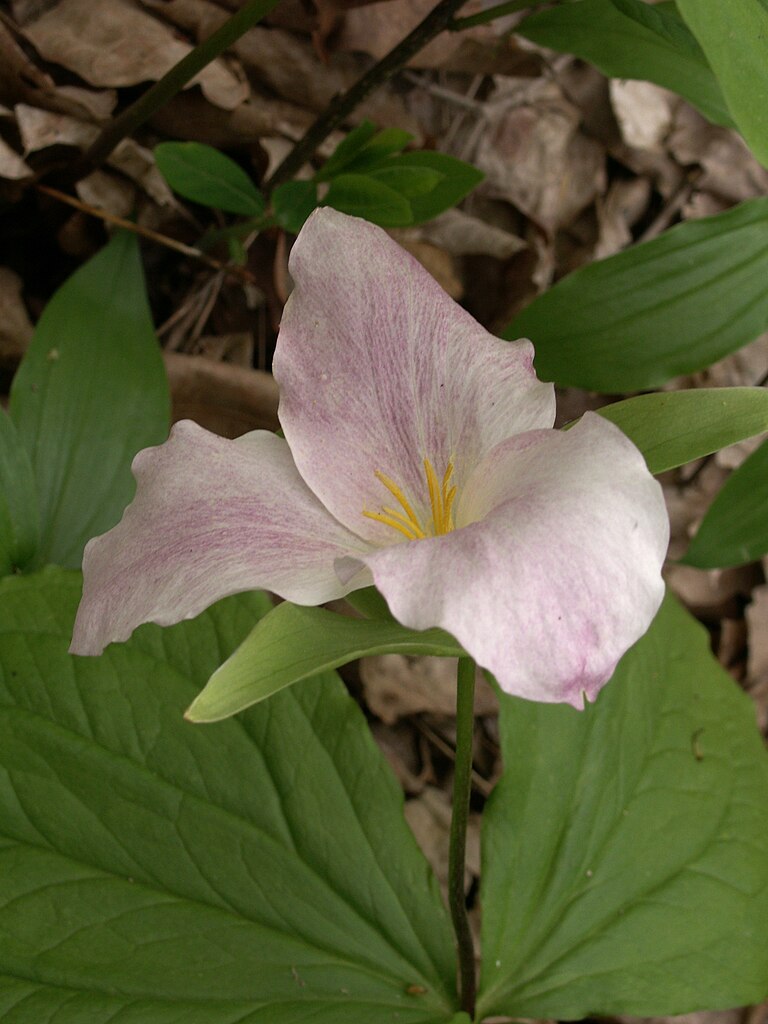

For a description of the species, see the Trillium grandiflorum reference page.
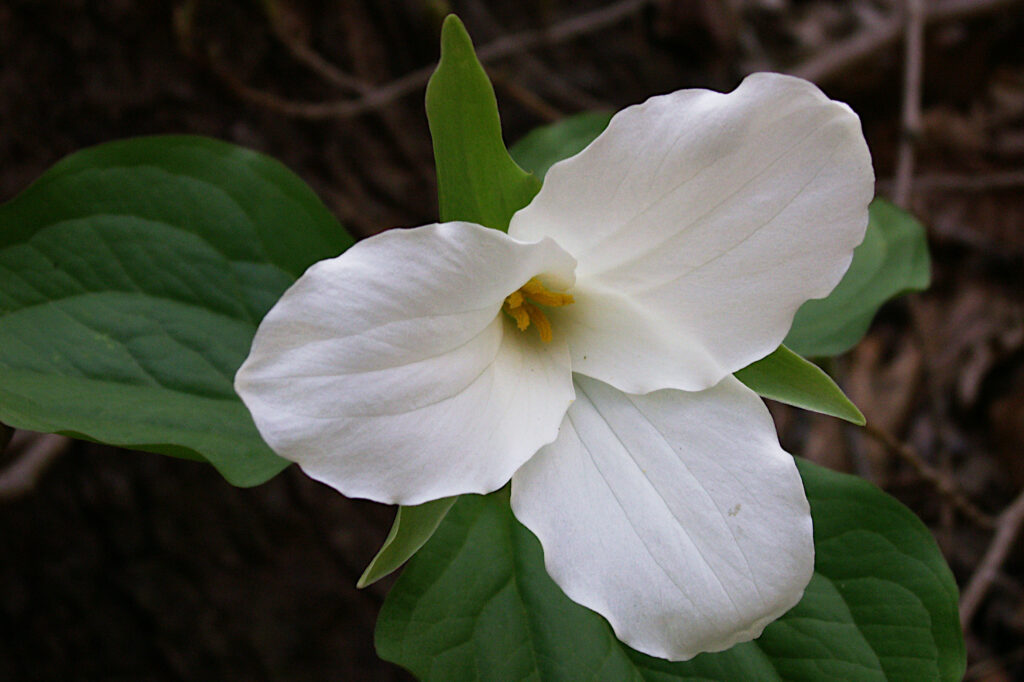
It’s trillium time on the Trillium Trail in Fox Chapel.
For a description of the species, see the Trillium grandiflorum reference page,
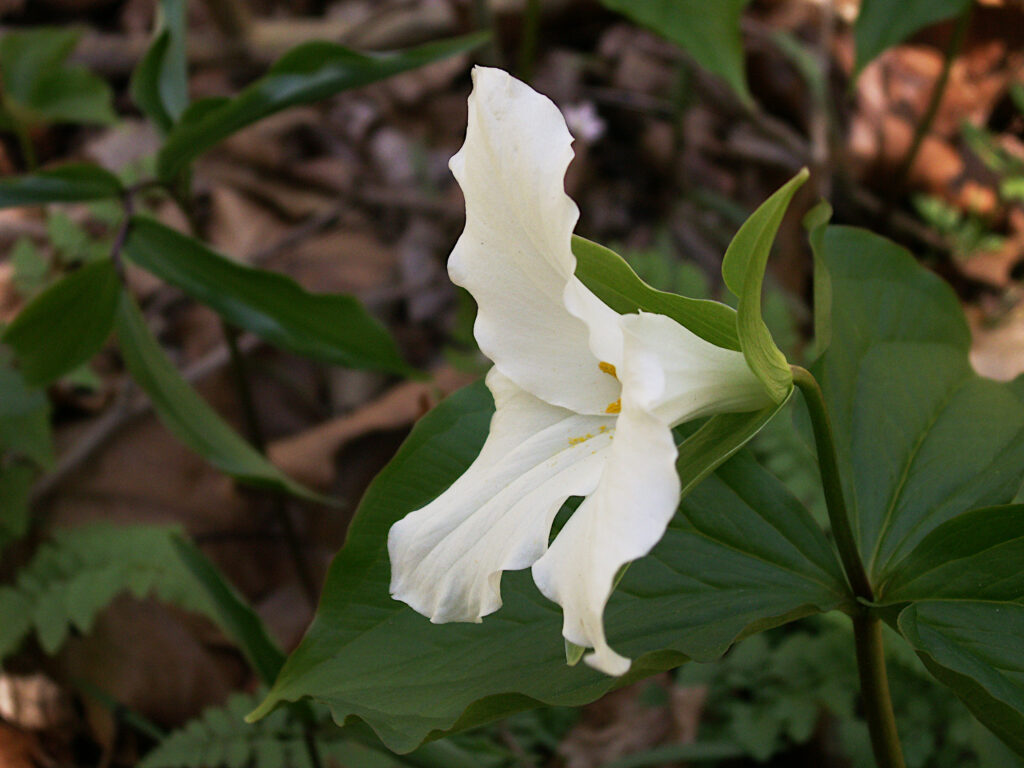
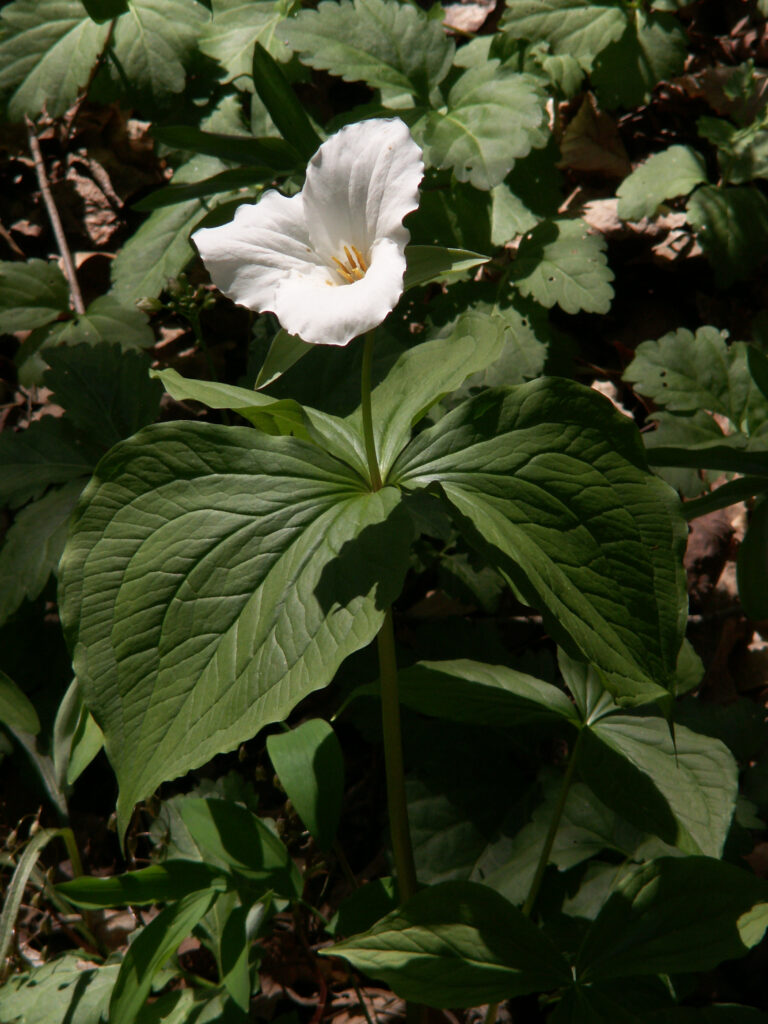
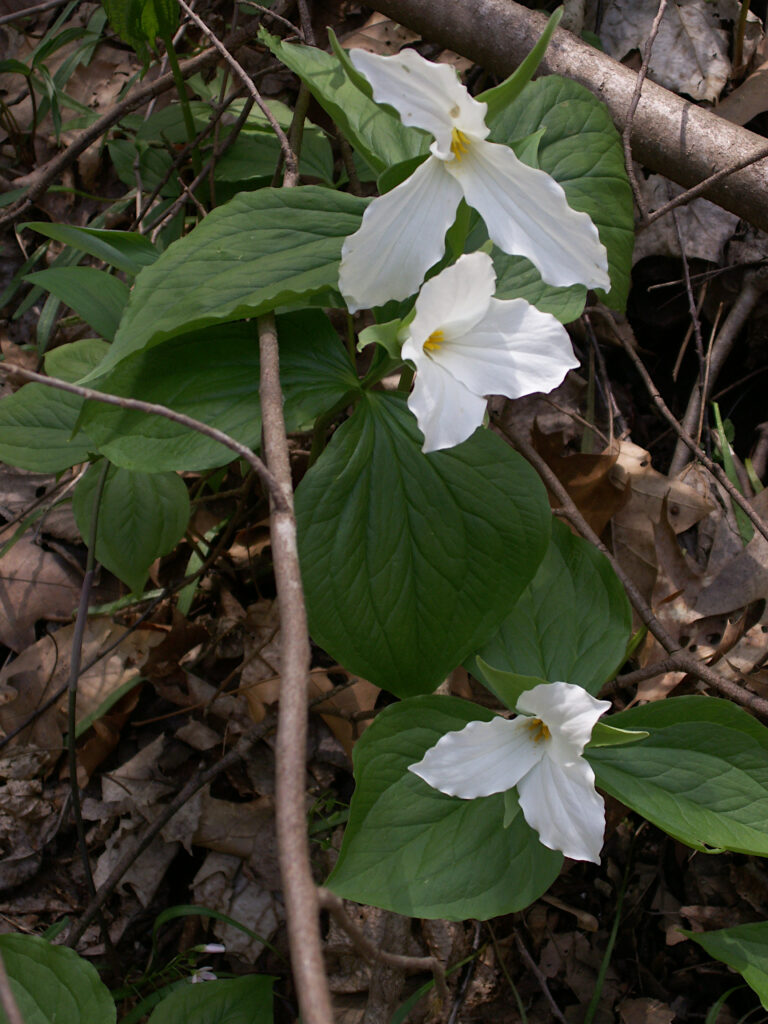
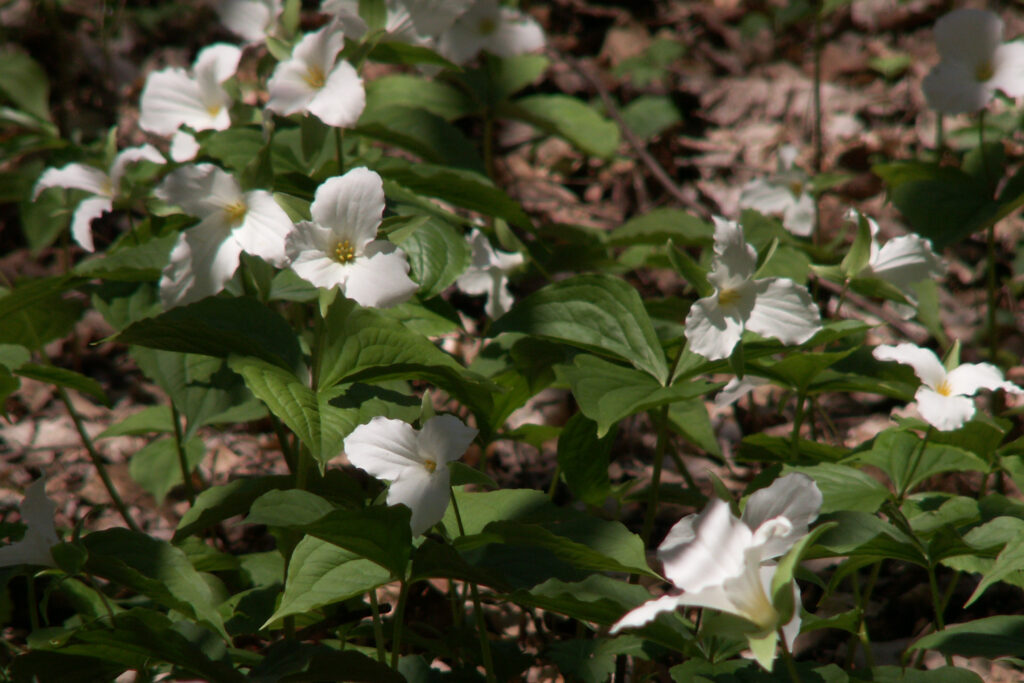
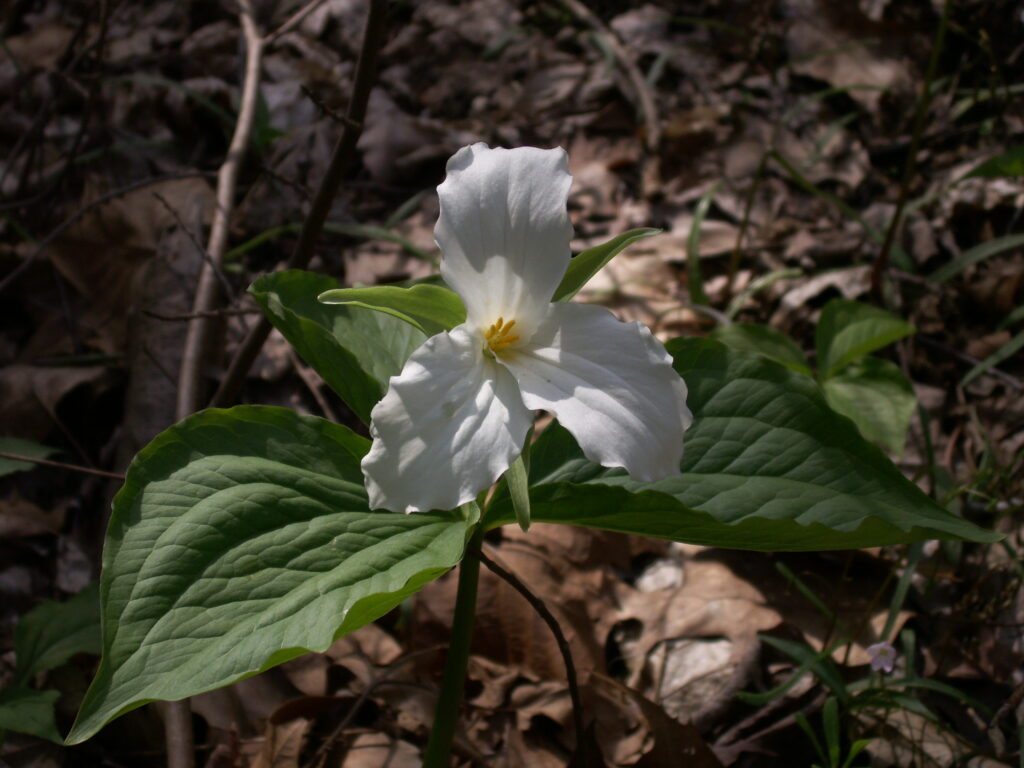
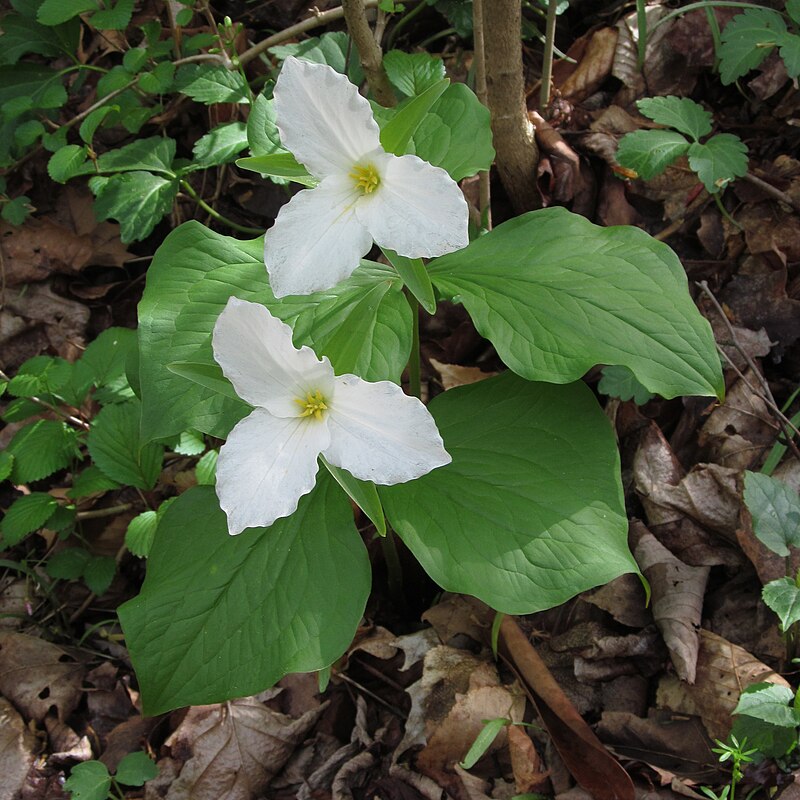
Great White Trilliums are out along the Trillium Trail in Fox Chapel. All the spring flowers are a little early this year.
For a detailed description, see the Trillium grandiflorum reference page.




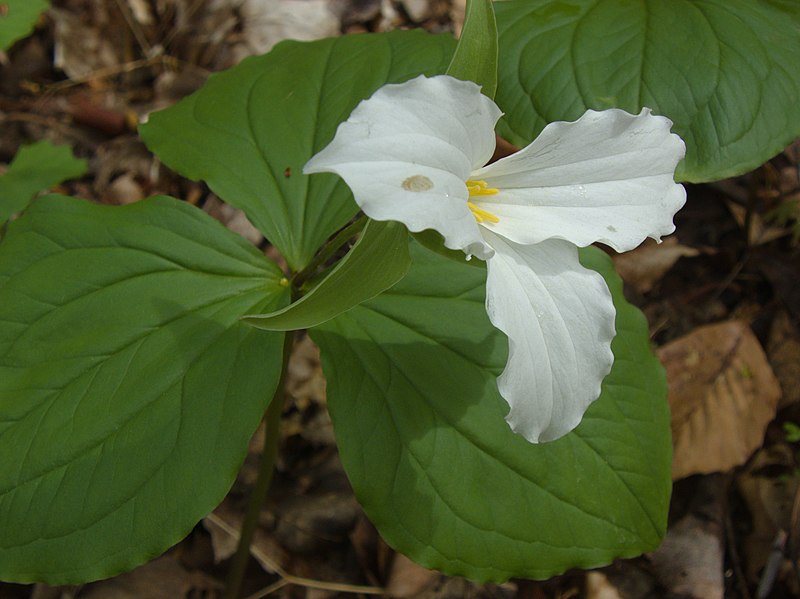
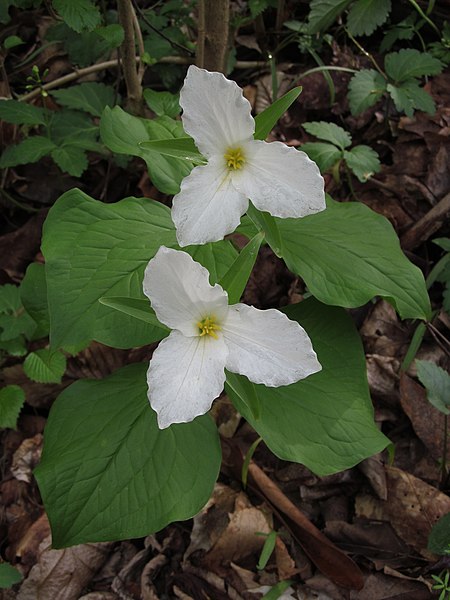

As Great White Trilliums age, they tend to take on rosy hues. We should all age so gracefully. This is what some of the trilliums on the Trillium Trail looked like in the middle of May, late in their season.



Gray describes the genus and the species:
TRÍLLIUM L. WAKE ROBIN. BIRTHROOT. Sepals 3, lanceolate, spreading, herbaceous, persistent. Petals 3, larger, withering in age. Stamens б; anthers linear, on short filaments, adnate. Styles awl-shaped or slender, spreading or recurved above, persistent, stigmatic down the inner side. Seeds ovate, horizontal, several in each cell. — Low perennial herbs, with a stout and simple stem rising from a short and praemorse tuber-like rootstock, bearing at the summit a whorl of 3 ample, commonly broadly ovate, more or less ribbed but netted-veined leaves, and a terminal large flower; in spring. (Name from tree, three; all the parts being in threes.) — Monstrosities are not rare with the calyx and sometimes petals changed to leaves, or the parts of the flower increased in number.
T. grandiflorum (Michx.) Salisb. Leaves less broadly rhombic-ovate; pedicel erect or ascending; petals oblanceolate, often broadly so (4-6 cm. long), white turning rose-color or marked with green; stamens with stout filaments (persistently green about the fruit) and anthers, exceeding the very slender erect or suberect and somewhat coherent stigmas; fruit subglobose. Rich woods, w. Que. and w. Vt. to Minn., Mo., and N. C.